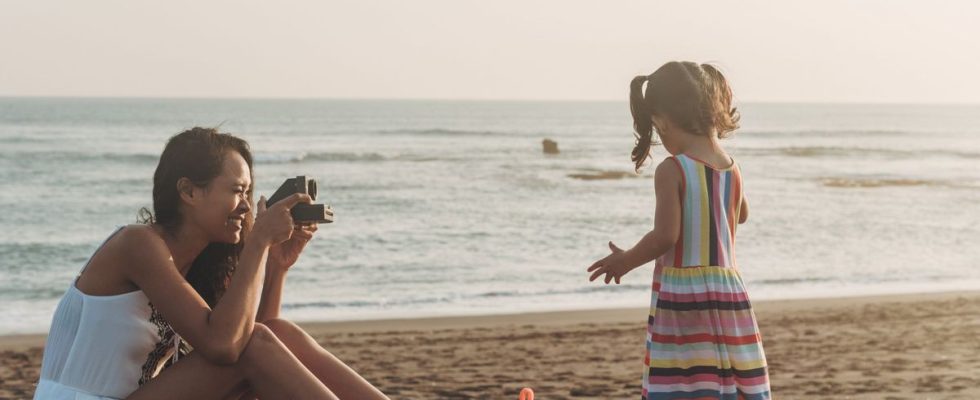Published on
Updated
Reading 2 min.
The National Assembly has just definitively adopted a bill aimed at better protecting the image rights of children on the Internet. Some parents do not hesitate to expose their children on social networks, taking the risk that these images will be recovered and used by malicious people. It is therefore important to follow certain basic rules to ensure that they do not fall into the wrong hands.
Whether on WhatsApp with family, on Snapchat with friends or on Instagram with their community, parents love sharing convivial moments with their children on the networks. “More than 300 million photographs are distributed every day on social networks and more than one in two Internet users take a photograph primarily with the aim of sharing it online“, explain the elected officials responsible for promoting the text in their proposed law. However, this practice is less innocent than it seems. Child pornography forums around the world today feed on photos (original or retouched) of children and adolescents “stolen” on the Internet. It is therefore important to warn about “sharenting”, this phenomenon of exposure of children on the Internet by their parents.
While some abuse it, by creating YouTube channels or Instagram accounts (before they turn 13), most parents post photos in a perfectly innocent way online, without realizing that they can easily be misused. While there is no question of prohibiting them from posting photos of their children on the Internet, we must realize that once on the networks, these photos no longer belong to them and that anyone can take possession of them. , in a more or less sordid way.
The golden rule is therefore to configure your accounts so that you only share your photos with people you trust. For this, it is useful, for example, not to make public an account exposing this type of images. You should also sort through your contacts and only keep people you know in “real life”. The fewer people will see these photos, the less likely they will be leaked. Parents must also raise awareness among their contacts so that they themselves do not share, on their part and without their consent, these images. If sharing more widely, don’t hesitate to blur children’s faces (or hide them behind an emoji). Concerning the captions, you absolutely must not give too much information about the child, in particular their identity and geolocation.
Note that from a certain age, parents can also ask their child’s opinion on whether or not they want a particular photo to be shared online.
